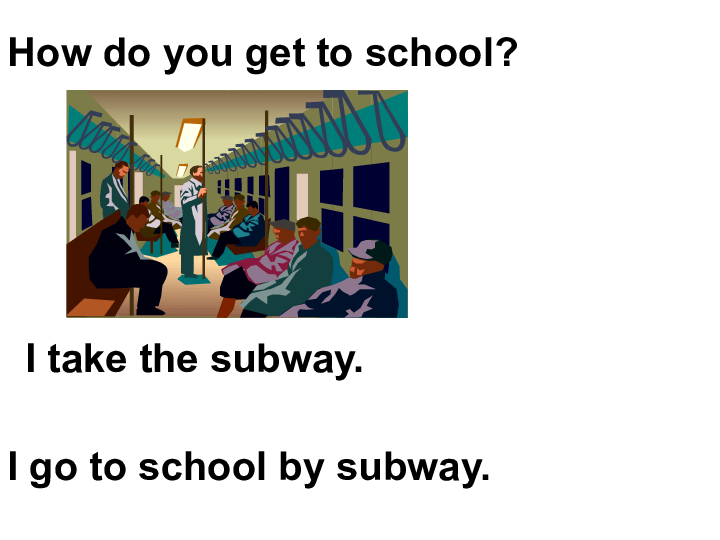Understanding How Do Unsubsidized Loans Work: A Comprehensive Guide to Financing Your Education
#### What Are Unsubsidized Loans?Unsubsidized loans are a type of federal student loan offered to eligible students to help cover the costs of their educati……
#### What Are Unsubsidized Loans?
Unsubsidized loans are a type of federal student loan offered to eligible students to help cover the costs of their education. Unlike subsidized loans, where the government pays the interest while you are in school, unsubsidized loans accumulate interest from the moment the loan is disbursed. This means that students are responsible for the interest that accrues during their time in school, during grace periods, and even during any deferment periods.
#### How Do Unsubsidized Loans Work?
When you take out an unsubsidized loan, you are borrowing money that you will need to repay with interest. The process begins when you fill out the Free Application for Federal Student Aid (FAFSA) to determine your eligibility for federal financial aid. If you qualify, your school will provide you with a financial aid package that may include unsubsidized loans.

Once you accept the loan offer, the funds are typically disbursed directly to your school to cover tuition and fees. Any remaining funds can be given to you for other educational expenses, such as books and living costs. It is important to understand that you are responsible for paying the interest on these loans, which can add up significantly over time.
#### Interest Rates and Repayment
Unsubsidized loans have fixed interest rates, which means the rate remains the same throughout the life of the loan. The interest rates for these loans are set by the federal government and can vary depending on the loan's disbursement date. It is crucial to review the current rates and understand how they will affect your overall repayment amount.
Repayment for unsubsidized loans typically begins six months after graduation, leaving school, or dropping below half-time enrollment. During this time, borrowers can choose to pay the interest that has accrued or allow it to capitalize, which means the unpaid interest is added to the principal balance of the loan. This can significantly increase the total amount you owe.

#### Benefits and Drawbacks of Unsubsidized Loans
Unsubsidized loans offer several benefits, including the ability to borrow a larger amount compared to subsidized loans and the flexibility to use the funds for a variety of educational expenses. Additionally, they are available to a wider range of students, regardless of financial need.
However, the primary drawback is the accumulation of interest. Since interest begins accruing immediately, borrowers can find themselves in a challenging financial situation if they do not manage their loans wisely. It is essential to have a plan for repayment and to consider making interest payments while still in school to reduce the overall cost of the loan.
#### Conclusion

In summary, understanding how do unsubsidized loans work is vital for any student considering this form of financial aid. While they provide necessary funding for education, the responsibility of managing interest and repayment falls entirely on the borrower. By being informed and proactive, students can navigate the complexities of unsubsidized loans and make educated decisions about their financial futures. Always consider consulting with a financial advisor or your school’s financial aid office for personalized guidance tailored to your situation.